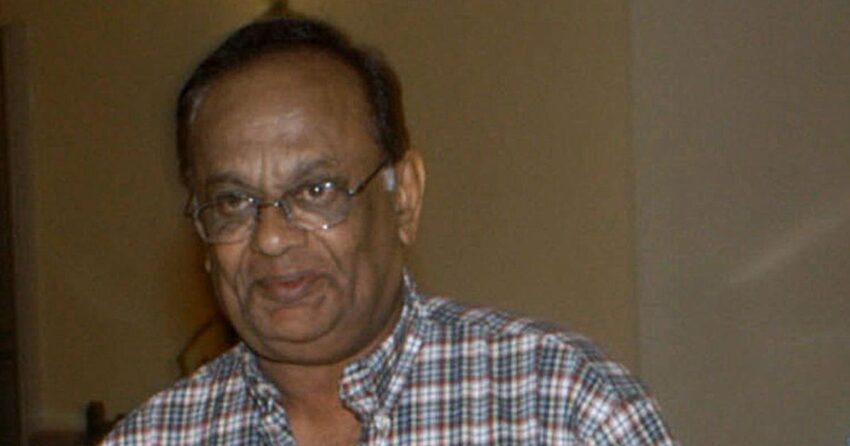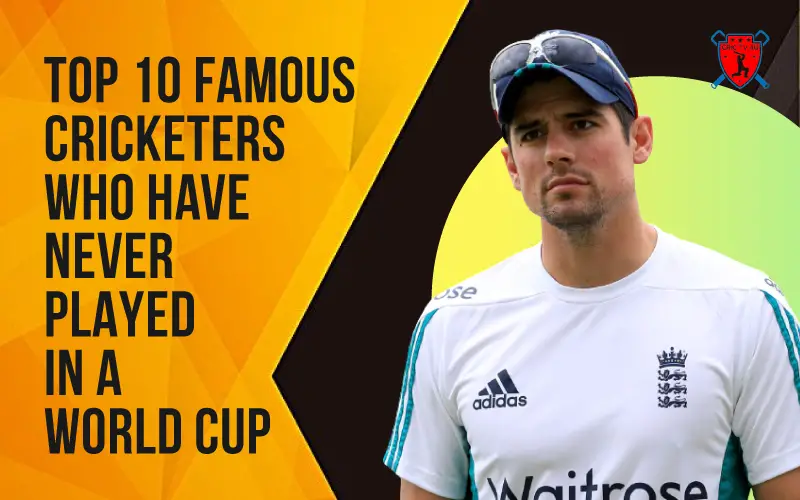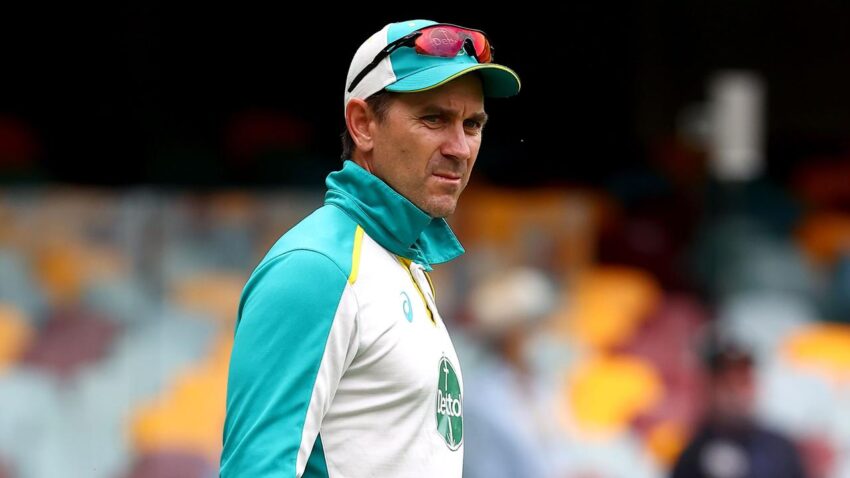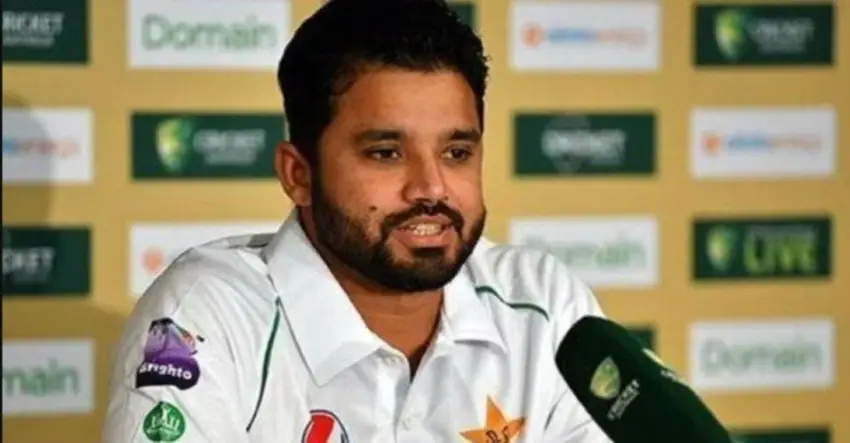The stage of cricket for most of its top-playing nations is very competitive. Players find it difficult to get their international cap among the large pool of talents. Even if most talents are recognized and nurtured well in international and domestic events across different game formats, getting a place in the 15-member world cup squad is the ultimate target for most of the players, which is quite difficult. World Cup, currently a 50-over ODI event held once in 4 years, has been inconsistent in the conducting pattern every time. Even the number of teams is 10 to 16, depending upon the ICC. For the participating side, it has become a matter of concern to choose their best squads for achieving the title and recognition in the cricketing world.
So, there have been many unlucky or test-playing talents who never got featured in any world cups yet. There goes the top 10 most recognized among them:
1. Alastair Cook
A promising left-hander opener, who also captained his side, was an asset to the English cricket team. Even after being in 10000 run elite club members in test cricket, he failed to compete with Strauss, Pietersen, and their likes in limited over cricket. His four centuries in ODI even fell short to get himself a place in the squad of the World Cup. Though being a successful batsman and test captain, his inability to hit out the balls consistently has been an obstacle to secure a position on the World Cup stage.
2. VVS Laxman
An iconic character of Indian test history in the Dravid era was this man, Laxman. Having an average of 45+ in test cricket and consistent no.4 batsman, the team hardly dropped him. Even in just 86 ODI appearances, he scored six centuries. There had been talks of choosing him for the 2003 World Cup, but selectors preferred Dinesh Mongia over him. His good stroke play in both the off and on sides left a mark in the hearts of the fans. But his sublime career was not enough for World Cup to give the team more balance.
3. Justin Langer
Justin Langer, a consistent test opener with Matthew Hayden in the test match, hardly played in limited over cricket. With Australia getting success in World Cups and Gilchrist being a proper batsman in ODI, he could represent only in 8 ODI matches, hardly making an impact. He found himself nowhere to get a place in World Cup despite having an average of 45+ in test cricket. His ODI career ended in the late 90s, but test cricket saw his regime till 2007.
4. Matthew Hoggard
A right-arm fast-medium pacer, ranking among the top 10 wicket-takers for his side, got less exposure in limited over cricket. His impeccable test journey with 248 wickets in 67 tests failed to consider when choosing the bowlers for World Cup. Although he played 26 ODIs for his nation, he only got the opportunity to warm the bench being in the squad of the 2003 World Cup. His short 8 years earned him recognition but failed to remain afloat due to great competition in the run for the front-line pacers.
5. Cheteshwar Pujara
ChePu, also referred to as Wall 2.0, has been a proper successor of Rahul Dravid for Indian test cricket. Having the ability to stroke out the ball without getting tired, he has been outstanding when it comes to defence and temperament, which is extremely necessary for test cricket. He hardly played ODIs for his country. The batsman could never find himself a place in limited-overs cricket due to the huge pool of competing talents and big hitters. He has not been in a World Cup squad, and his traditional cricket-playing style can only heighten his test records in the future.
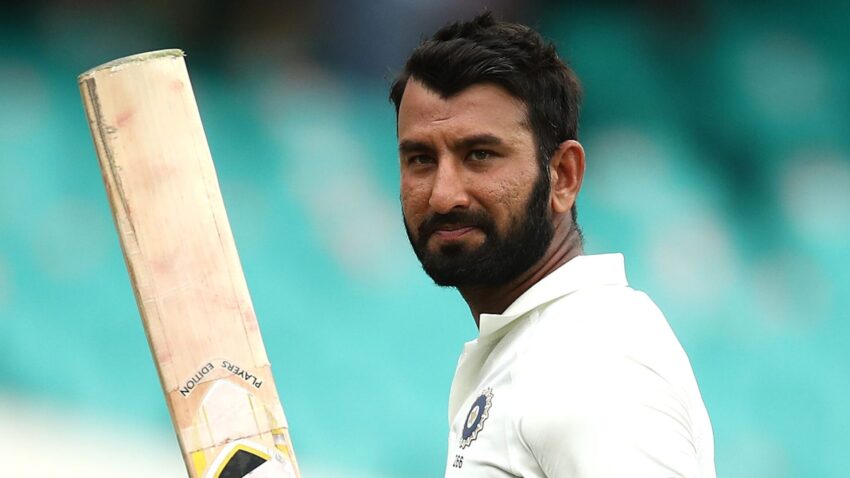
6. Azhar Ali
A top-order Pakistani batsman, dominating with his test success, was much unlucky when it came to secure a World Cup berth. He failed to showcase his class in ODI to the batsmen like Babar, Hafeez, Fakhar, etc. The Test average of 43 and ODI average of 36 imply his calibre in the longer format. Moreover, his failure as captain forced him to rest from ODI after 2017, and he only plays tests as of now.
7. Ishant Sharma
A 6'4" Indian right-arm fast-medium pacer completing his 100 test matches and 300 test wickets recently failed to show his dominance in limited over cricket. His performance in ODI was not eye-catching whenever he got a chance. The difference in bowling economy between test and ODIs confirms the fact. Thus, he is possibly out to make a place in the World Cup squad any further and would like to continue his position and form in the white jersey. Even he was not at par with other Indian bowling counterparts to secure an ODI place permanently.
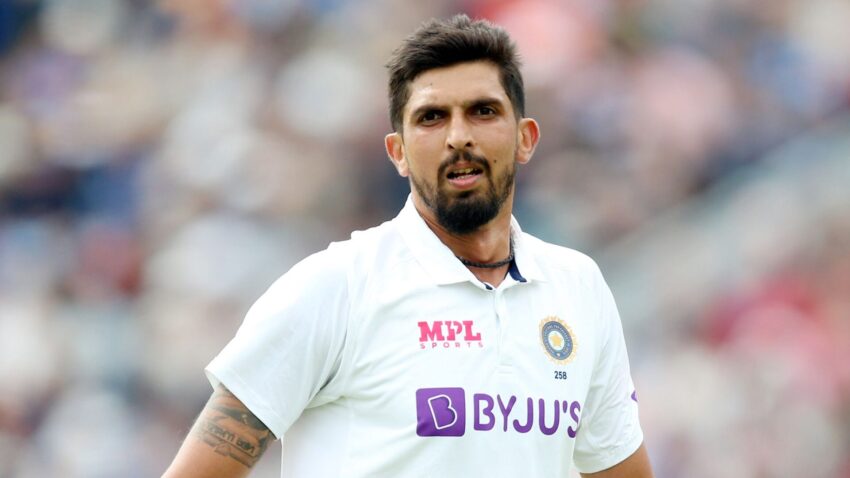
8. Stuart McGill
A like-for-like substitute for Shane Warne in Australian colours, McGill is famous for his 200 test scalps in just 44 matches. Leg break googly, the Shane Warne bowling style, has been impressive. He has played with and without Warne. He hardly ever got the scope to represent ODIs even after 2003. The Australians did not require a wrist spinner in limited over cricket then. Moreover, he was unlucky being in the same age as Warne, because selectors preferred the latter. So, his World Cup appearance could never become a reality.
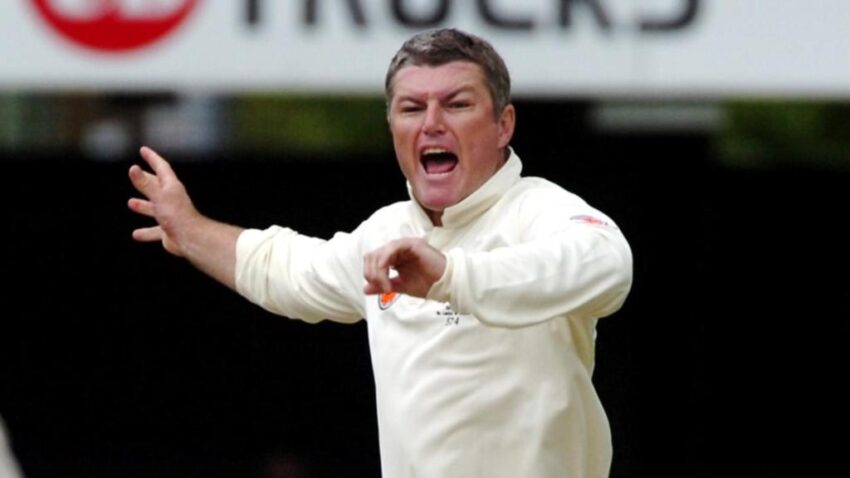
9. Chris Martin
Like Ishant Sharma, Chris Martin failed to convert his dominance in test cricket to limited over cricket. Having 233 scalps in 71 test matches, he only managed to get 18 in his 20 ODI appearances. The competition among Blackcaps' pacers also resulted in less ODI opportunity by the bowler. Though he came in the 2007 squad as Darryl Tuffey's replacement, he could not be a part of playing 11. He was more focused on Test cricket and ended his career as one of the most successful Blackcaps' test bowlers.

10. Erapalli Prasanna
One must learn the art of bowling off-spin from this man. Yes, he is one of the best off-spinner that India has ever seen. Bagging nearly 200 wickets in 49 tests, he had shown his importance to the Indian test side. In the 1970s, World Cup was the only event for ODI, so it was a matter of competition among the team members to represent the showpiece event. Anyway, he was unlucky to secure a World Cup squad berth. On top of that, during those days, a test was more important than a limited-overs match. Hence, Prasanna continued his test form.
